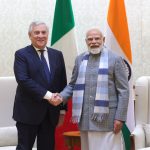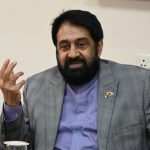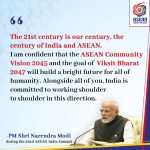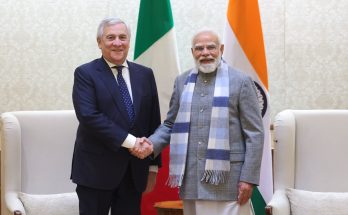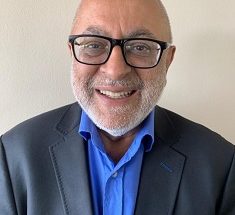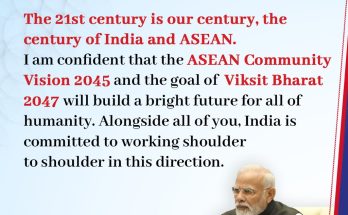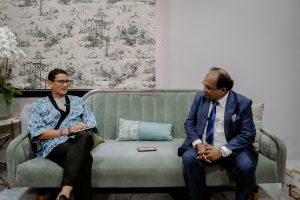
In an insightful interview with Manish Chand, CEO, Centre for Global India Insights and Editor-in-Chief, India Writes Network, Indonesia’s Minister of Tourism and Creative Economy, Sandiaga Salahuddin Uno, highlights the country’s focus on the creative economy, which contributes 8% of GDP and employs 25 million people. He emphasised the potential for collaboration with India through joint creative hubs and improved connectivity. Minister Uno views the World Conference on Creative Economy as key for global partnerships and innovation.

Q) Indonesia is probably the only country that has a full-fledged Ministry of Tourism and Creative Economy. What are your plans to accelerate the creative economy in Indonesia in the coming months?
A) We have placed significant emphasis on the creative economy because it contributes around 8% of our GDP. Indonesia benefits from the employment of about 25 million people, or more than 10% of its workforce, in the creative economy sector.
From culinary arts to creative design, fashion, handicrafts, music, film, animation, and games, the creative economy encompasses a wide range of industries. This sector is growing at nearly twice the rate of the overall economy. My ministry is responsible for policy-making and executing various programmes for the creative economy. We provide training, assist with promotion, and, most importantly, offer access to funding and financing. For nearly 60 million creative economy micro, small, and medium enterprises across the country, we aim to help them not only start up but also scale up. So, the government under Prabowo Subianto, the president-elect of Indonesia, would like to put a huge emphasis on further development of creative economy.
Q) Indonesia has a very vibrant creative economy, and India also has vibrant creative and cultural industries. How do you view the prospects of collaboration between India and Indonesia in this important area?
A) There is a huge potential for collaboration. That’s why I am glad that India now ranks second in international tourist arrivals in Bali, among the top five before the pandemic. The Indian creative economy, like Indonesia’s, is focused on capitalising on intellectual property and human creativity. It’s about our cultural heritage.
India and Indonesia share many similarities. When I was growing up, I read the Mahabharata and my favourite book was the Bhagavad Gita. I also watched the Ramayana, and the dances near Prambanan Temple in Yogyakarta. Both countries place a strong emphasis on science and technology. India has made significant strides in this area, and I believe that talent development on both sides could benefit from infrastructure improvements. This is an important area of focus for both India and Indonesia. Increasing access to financing is also crucial. One of the low-hanging fruits is developing joint creative hubs between India and Indonesia. These hubs could foster collaboration and participation in the sustainable global supply chain, enhancing competitiveness in the creative workforce.
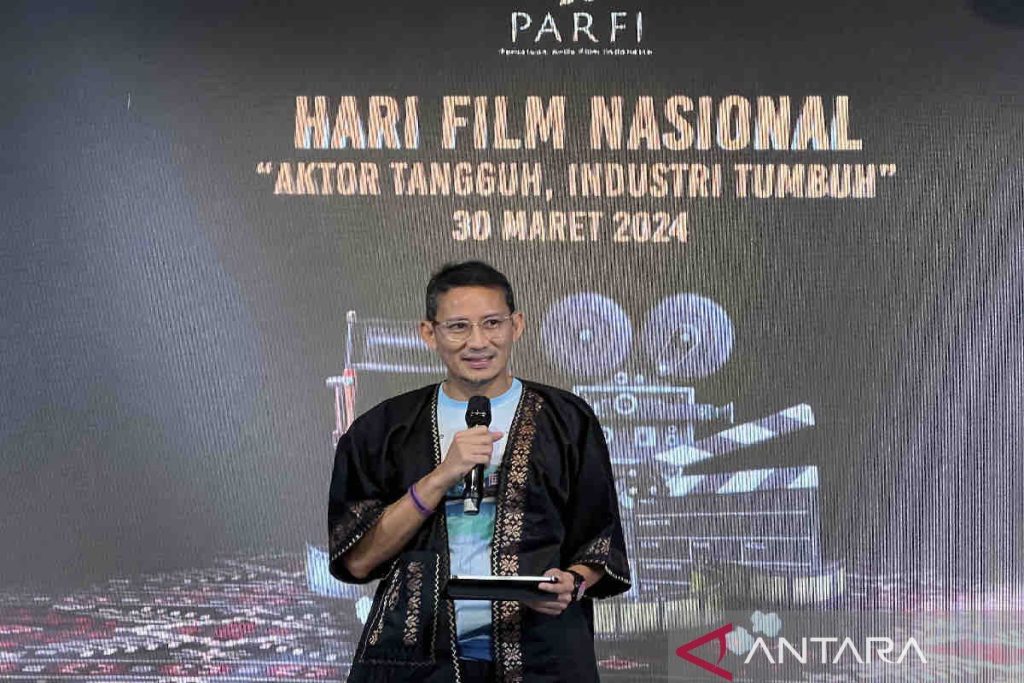
Greater connectivity would further benefit both countries. Until recently, we lacked direct connections between Delhi and Jakarta, Delhi and Denpasar, and Mumbai and Denpasar. However, there have been improvements in connectivity, partly driven by our shared love of Bollywood and Indian weddings, which are becoming increasingly popular in Bali.
Bollywood has been very successful here in Indonesia. We also believe that Indonesian movies could find significant success in India, given our cultural similarities and shared identities. Integrating diverse creative sectors such as film, television, animation, fashion, music, and performing arts could create a thriving industry on both sides of the Indian subcontinent and the Indonesian archipelago.
If we focus on key areas for collaboration, they would include financial accessibility, bolstering intellectual property rights, and advancing human capital. These three areas represent significant opportunities for collaboration. The World Conference on Creative Economy could serve as a key platform for us to collaborate, promote, and innovate in these areas.
Boosting Tourism
Q) Tourism between our countries is growing due to our deep cultural and civilisational ties, but connectivity remains a challenge. What concrete steps are being taken to improve connectivity?
A) We are focusing on establishing more connectivity between Indian cities and major economic centres in Indonesia. The most obvious routes are Delhi-Jakarta and Mumbai-Denpasar, which we are prioritising with direct flights from Indigo and Air India. Additionally, we’re exploring the revival of routes like Chennai to Kualanamu in Medan and linking Lake Toba, a top tourism destination, to major Indian economic centres. We are opening up new connections and leveraging hubs in Vietnam, Kuala Lumpur, and Singapore, which have proven to be key success factors. We are also exploring linking through Bangkok as part of the ASEAN single-destination concept. I believe that with the growth in tourism, there will be increased opportunities for creative economic collaboration.
Q) Indonesia is a pioneer in green and sustainable tourism. This is an area where India can learn a lot from Indonesia. How do you view the prospects for collaboration between India and Indonesia in promoting sustainable and green tourism?
A) We believe in the concept of the five Ps: People, Planet, Prosperity, Peace, and Partnership. The green economy is an unstoppable global trend, and being green doesn’t require a trade-off between sustainability and profitability. In fact, the only path to profitability is through green practices.
We are shaping our tourism sector through sustainable, quality tourism and leveraging knowledge and technology derived from community participation. Community-based tourism, including village and rural tourism, has been a significant focus in Indonesia. Sustainable production and consumption are not just principles we advocate but practices we actively implement. Regarding economic growth, while we aspire to achieve the 8% growth rate that India has, our focus is also on ensuring that the jobs created are decent and of high quality. This approach will support our goal of becoming a developed economy by 2045.
In terms of Industry, Innovation, and Infrastructure (SDG 9), innovation is a core focus. Tourism, too, is evolving from the traditional 3 S’s — Sun, Sea, and Sand — to the current 3 S’s: Serenity, Spirituality and Sustainability.
Additionally, we are committed to reducing inequalities (SDG 10). Tourism and the creative economy have promoted inclusivity. The COVID-19 pandemic taught us that no one should be left behind, whether it’s in terms of gender equality or accessibility for people with disabilities. Regarding climate action, we offer initiatives like carbon offsetting. For example, when you fly into Bali, you are immediately given the option to participate in our carbon offsetting programme, which includes activities like planting mangroves and restoring coral reefs. We promote these green tourism activities through digital means, advancing concrete actions in this area. However, it’s not just about India looking at Indonesia. We should also look to India for its successful economic growth, production-linked initiatives, and policies, as well as the impressive progress you’ve made in digital economies over the past few years.
Q) You participated in the G20 Culture Ministers’ meeting in Goa last year, where the Goa Roadmap for tourism was adopted. What progress has been made in implementing it?
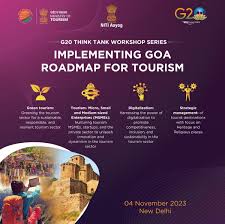
A) The Goa Roadmap, which builds on the Bali initiatives introduced by the Troika, has made significant progress. It focuses on quality and sustainability, with renewed enthusiasm for cultural and tourism sectors playing a crucial role in the G20 agenda. The G20 has also incorporated the creative economy into its framework. We paired the World Conference on Creative Economy with the G20 presidency in 2022, and this year we plan to present it in Tashkent, Uzbekistan. This has sparked extensive discussions among stakeholders about maximising synergies between tourism and creative sectors, creating a platform for policy recommendations and best practices. For the first time, the creative economy was included in UN resolutions last year, which will have a tremendous impact on fostering bilateral and multilateral cooperation. India’s model, especially the stability introduced by the Modi government and the active involvement of Gen Z and millennials in shaping agendas, has been impressive.
Peace and Harmony
Q) What can we expect from the World Conference on Creative Economy in Uzbekistan? What are the major expectations for this conference?
A) In the context of global tensions and geopolitics, we want the World Conference on Creative Economy to emphasise peace and harmony. The creative economy is pivotal for driving the next phase of our global economy, and this cannot be achieved without peace and harmony.
The creative economy provides a platform for cultural exchange, promoting understanding, respect, social inclusion, and conflict resolution. While we may not agree on everything, we can unite around creativity and innovation. Music, literature, and film can foster empathy and unity. Instead of focusing on divisive issues, why not concentrate on those that unite us?
Indonesia, with its 17,000 islands, 400 ethnic groups, and 700 languages, exemplifies unity in diversity through our concept of “Bhinneka Tunggal Ika,” – the official national motto of Indonesia, which means “Unity in Diversity.” We have successfully integrated this concept into our artistic endeavours, using theatre and visual arts as tools for peace.
By promoting creative economy, we can generate jobs, stabilise communities, reduce poverty, and minimise conflicts. Overall, it will enrich societies culturally and economically, contributing to a more peaceful world.
Author Profile

- Manish Chand is Founder and Editor-in-Chief of India Writes Network (www.indiawrites.org) and India and World, a pioneering magazine focused on international affairs. He is CEO, Centre for Global India Insights, an India-based think tank focused on global affairs.
Latest entries
 India and the WorldDecember 12, 2025India-Italy bonding: Tajani’s visit raises the bar for business, maritime ties
India and the WorldDecember 12, 2025India-Italy bonding: Tajani’s visit raises the bar for business, maritime ties In ConversationNovember 26, 2025G20 is a Force for global Good
In ConversationNovember 26, 2025G20 is a Force for global Good articlesNovember 26, 2025Rescuing G20 from North-South divide: Ubuntu Moment
articlesNovember 26, 2025Rescuing G20 from North-South divide: Ubuntu Moment India and the WorldOctober 27, 2025Modi hails the century of India and ASEAN, backs ASEAN centrality
India and the WorldOctober 27, 2025Modi hails the century of India and ASEAN, backs ASEAN centrality

